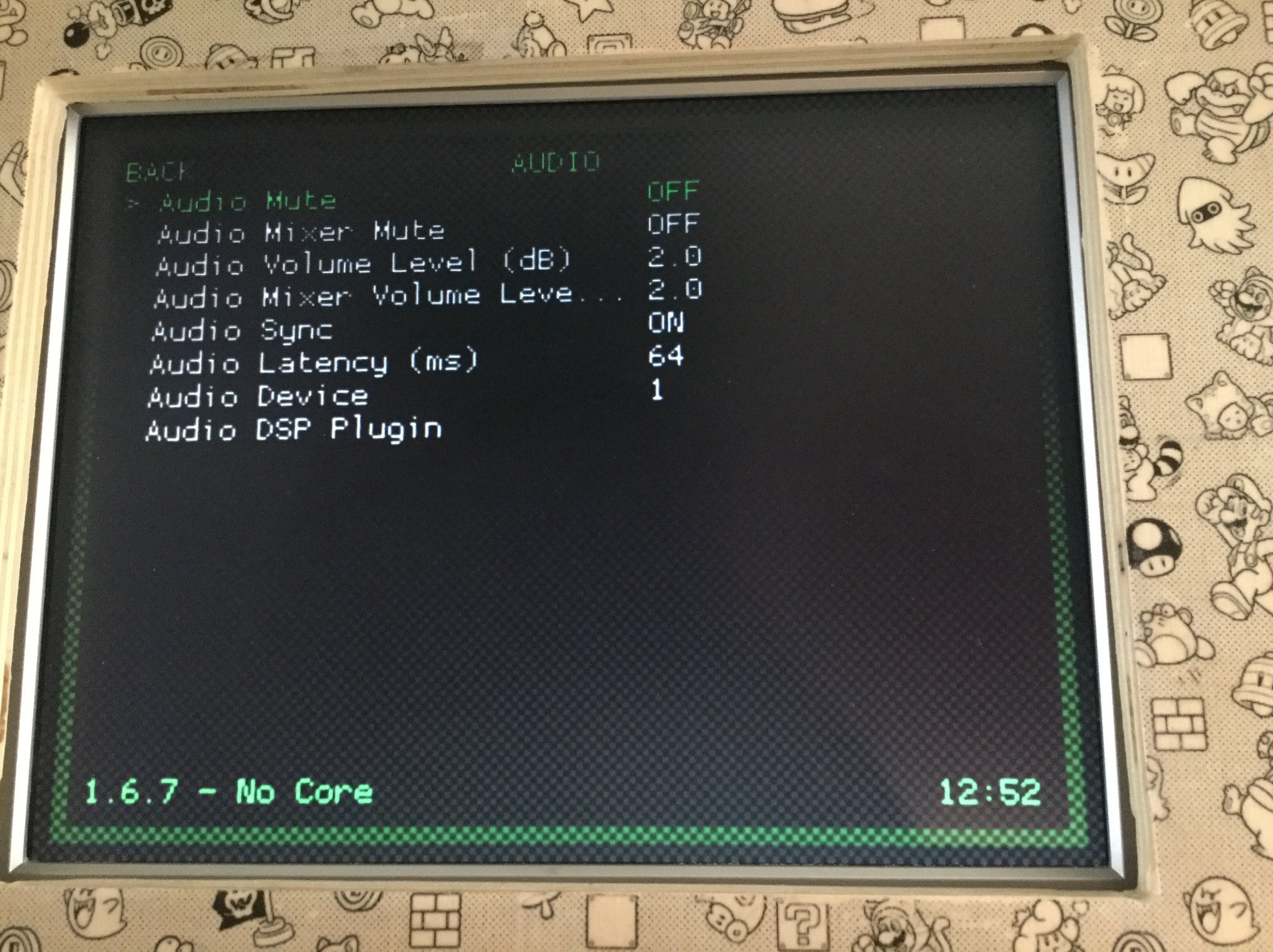

It wasn’t until the late 90s when the confluence of high resolution PC monitors, file sharing, and open source emulation software that the masses saw pixels for the sharp square blocks of color that they are. Even when using the superior RGB-video-over-SCART cables, most consumer grade CRT televisions never generated more than about 400 lines, so the exacting nature of digitized plots became a fuzzy raster when traced by an electron beam. Transmitting analog video within the confines of dingy yellow-RCA-connector-blur, the images were really just a suggestion of on-screen shapes rather than clearly defined graphics. Videogame art crammed onto cartridges and floppy discs were beholden to the CRT display technology of their day. RetroPie 4.6 also updates a slew of emulators to the latest versions, including those for the Commodore Amiga, Atari 2600, Atari 8, and ScummVM, the awesome engine emulator for running old-school graphic adventure games from LucasArts and some other 1980s and 1990s studios.The modern ideal of pixel art is a fallacy.


It includes always-welcome Scraper fixes for TheGameDBNet, grid view and theme improvements, and new options to disable the system name on custom collections and to save gamelist metadata after each modification. Next up are changes for EmulationStation, which gets a bump here to version 2.9.1. m3u files, and RetroAchievements support for the original PlayStation, Sega CD, and PCEngine CD. RetroArch gets an update to 1.8.5 with a new notification system, support for “real CD-ROM” games with the ability to dump a disc image, an improved disk control system with the ability to label disks in. RetroPie 4.6 will also only update those binaries where an actual new one is available, and it will no longer overwrite source installs during updates. Other changes include improvements to the RetroPie packaging system and core RetroPie-Setup code so that it remembers the package stage.


 0 kommentar(er)
0 kommentar(er)
